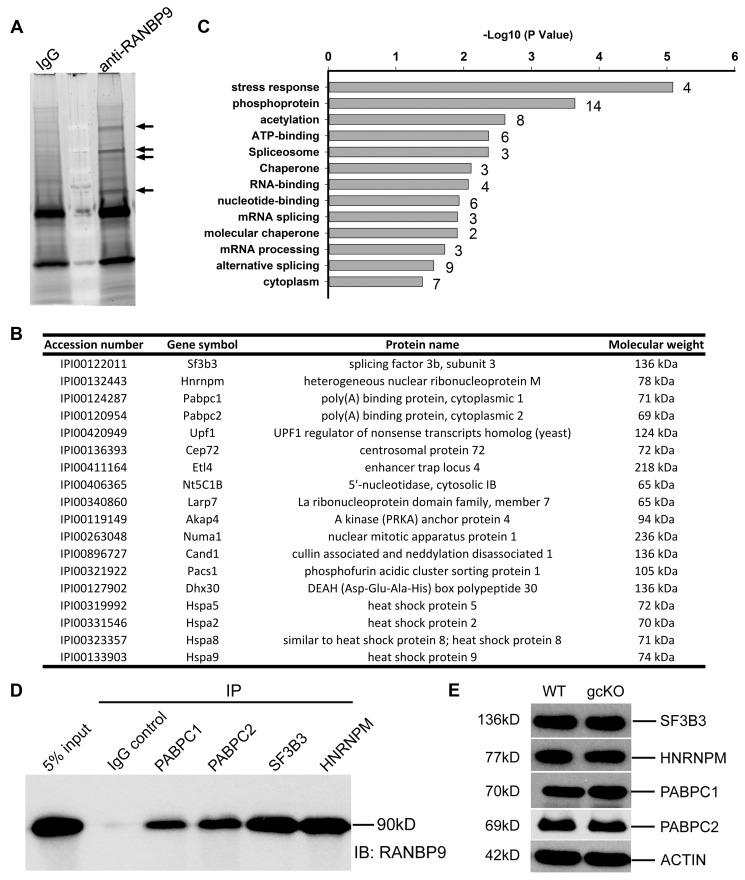Figure 4. Identification of RANBP9-interacting partners in murine testes using immunoprecipitation followed by mass spectrometry (IP-MS).
(A) A representative gel image showing bands representing proteins immunoprecipitated by the monoclonal anti-RANBP9 antibody used or IgG (control). Arrows indicate protein bands unique to the IP products of anti-RANBP9 antibody, which were excised for subsequent MS analyses. (B) A list of 18 RANBP9-interacting partners in murine testes identified by IP-MS. All proteins were detected multiple times in all three biological replicates. (C) Results of gene ontology (GO) term enrichment analyses of RANBP9-interacting proteins. (D) Validation of interactions between RANBP9 and four putative RANBP9-interacting proteins (PABPC1, PABPC2, SF3B3 and HNRNPM) in murine testes by in vivo co-immunoprecipitation assays, in which antibodies specific for the four proteins were used for immunoprecipitation (IP) followed by Western blot analyses using a mouse monoclonal anti-RANBP9 antibody. IgG was used as a negative control. (E) A representative Western blot analyses showing levels of four RANBP9-interacting proteins (SF3B3, HNRNPM, PABPC1 and PABPC2) in 6-week old WT and Ranbp9 gcKO testes.

